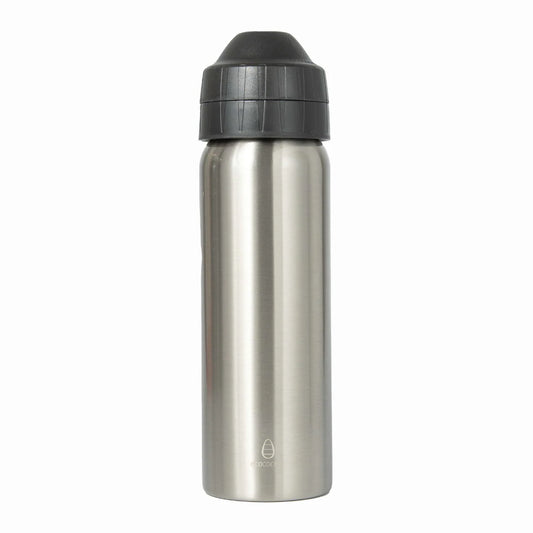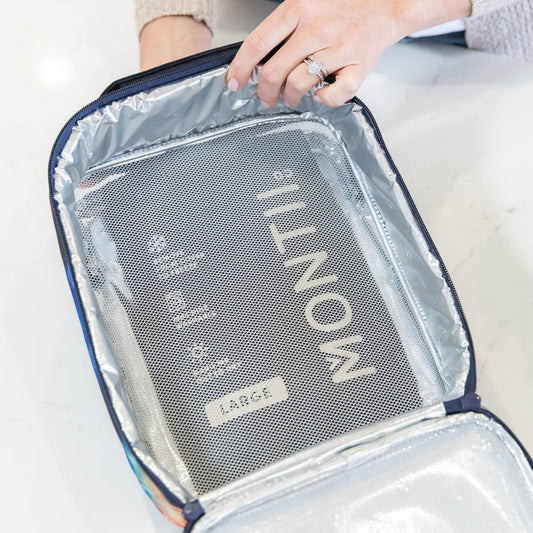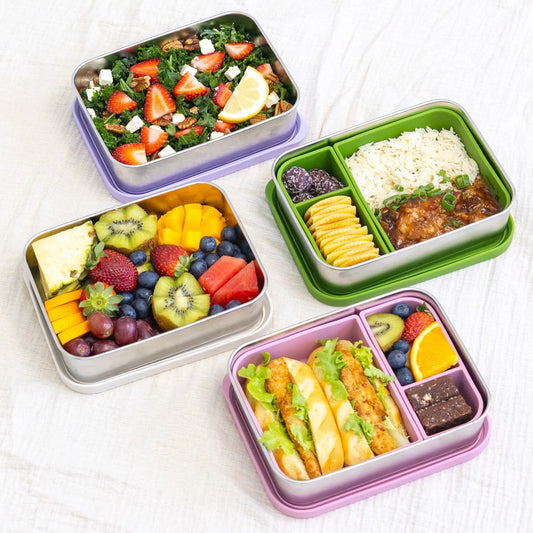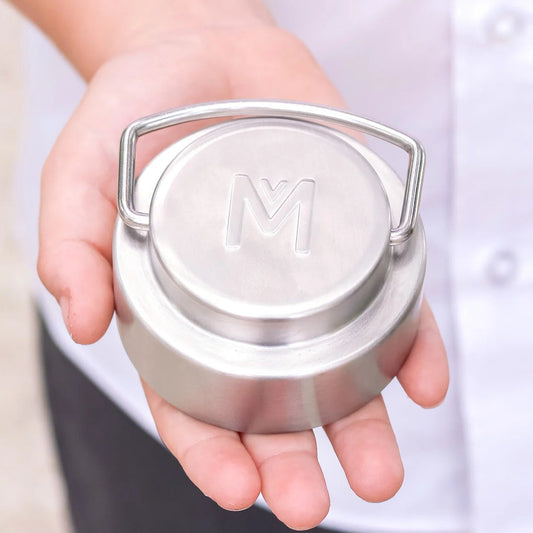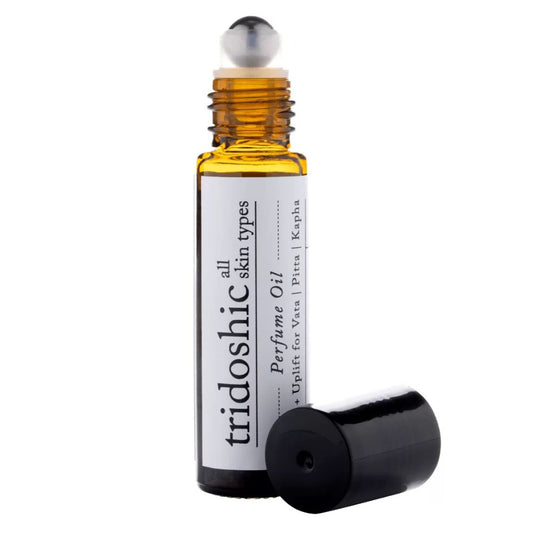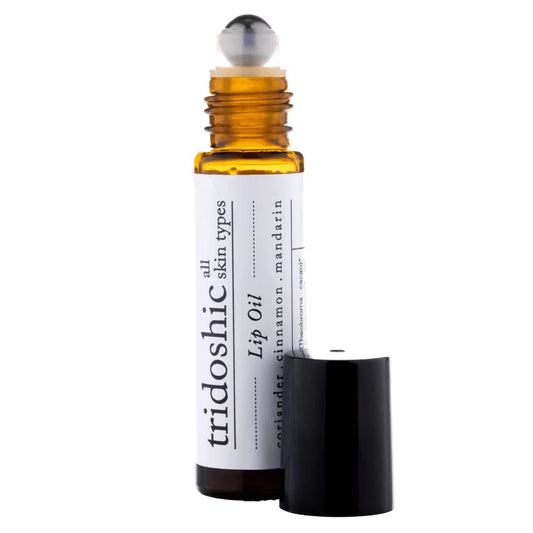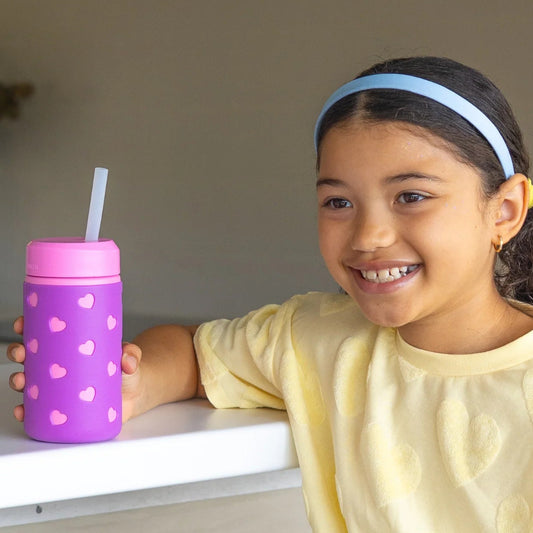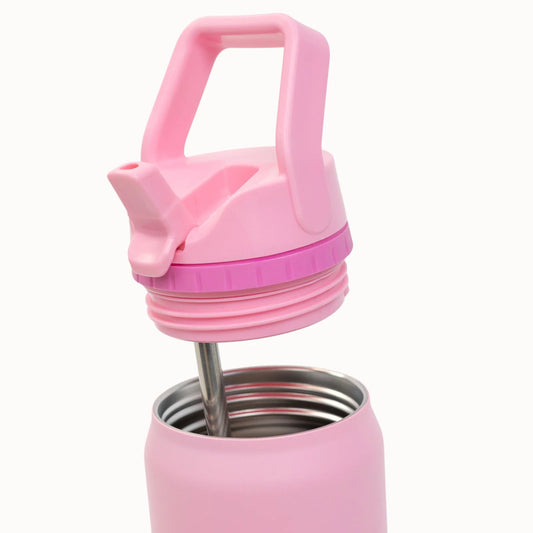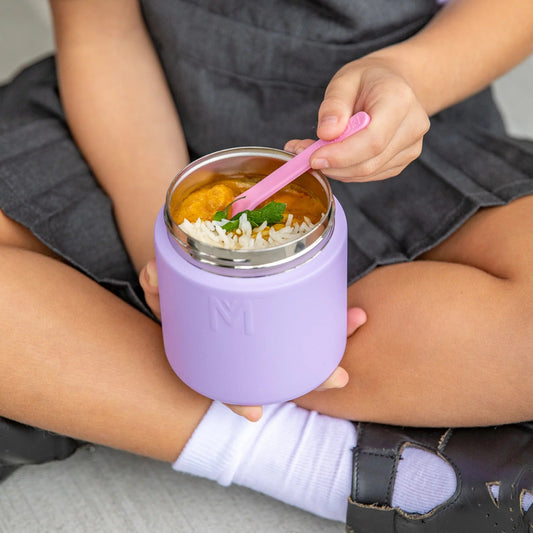
Meet the Maker - Belinda Smith, Blue Jean Sisters Project
BiomeShare
Blue Jean Sisters' project is an art installation highlighting human rights in the fashion industry. Modern Slavery effects 40 million people globally and women and girls make up over 70% of those effected. The goal for the installation is to make 2000 bobblehead dolls, individually handmade. While made from the same pattern and material, every doll will have its own variations in colour and workmanship - each will be individual. The collection of bobblehead dolls will be installed as a group, allowing the viewer to see the overall quantity as well as observe the individual variations. If you can not make it to a workshop event there is the option of having the pattern sent to you and making it at home. Jacq Driscoll of our Biome Collective space had a chat with the person behind the project, Belinda Smith. 

Image credit: luckybobblehead
I'm based in the Northern Rivers region of NSW. My art practice is driven by environment, anthropology and craft practices. When given the opportunity, such as A Fierce Hope, I am driven to explore women's stories and our connection with craft, why we make and how women can foster social and environmental change by knowing the stories of our mothers, grandmothers and women around us.
The purpose of A Fierce Hope is to highlight the inspiring work being done in our community by six social enterprises through the thought provoking works of six contemporary Artists. Blue Jean Sisters is the outcome of connecting with Outland Denim and being introduced to their ethical business model which covers both social and environmental impacts. The numbers of people affected by Modern Slavery and, in particular, the high proportion of women and girlsaffected was my starting point. The fact that the fashion industry is one of several main global exploiters of both human labour and the environment was an important aspect to expose through this artwork. The combination of these two interconnected issues and my personal interest in craft and making were the catalysts for Blue Jean Sisters.
Dolls are a simple object with connections to home, family and childhood - an object of love made by a mother for a child. It is a symbol of safety and protection. Through reading stories of human trafficking and exploitation I became aware that so many girls are forced from home at a young age in to an adult world. The freedom of childhood and the empowerment to make their own life choices is stolen.
Denim is a universal and practical textile that was originally used for hardwearing work and farm clothing. The textile was transformed in the 20th century from a symbol of disobedience, worn by jail inmates to a high end fashion garment. The demand for jeans makes it an object with a high impact.
I wanted people to engage with the activity of making something. To connect with the endeavour of making something and consider that the clothes they buy and wear are made by people, that their consumer choices effect the lives and wellbeing of others. Does their wardrobe exploit or empower?
I like the current movement of reconnecting with the skills of past women and men to make, repair and preserve the objects in our lives. It is important for the environment and it is also important for our own wellbeing - it is an act of gratitude to take the time to fix or upcycle a piece of clothing or object. It honours its maker and the resources required to produce it. Through this project and connecting with a growing community of makers and thinkers in the sustainability field i reflect daily on my personal impact on the planet, make little changes at a time and value my possessions ever more.
My making and material decisions swing from the skills learnt from my dad in his carpentry shed and the skills of my mother and grandmothers - all textile based. Ceramics feature sometimes too. Anything I can manipulate by hand or tool.
It's an exciting year with a new public artwork being installed in Sydney mid year. It's easy to get involved in Blue Jean Sisters.
Biome is holding Blue Jean Sisters Make A Doll Workshops at the Biome Collective space in April 2019. For details, click here >
You can also make a doll from recycled Denim using the Blue Jean Sisters pattern downloadable from here >
Return the made dolls by the end of April for inclusion in the installation at Adderton House Brisbane. Blue Jean Sisters project is one of six artist and social enterprise collaborations for A Fierce Hope, the keynote exhibition for Brisbane's newest art and cultural hub - Adderton: house & heart of mercy, opening in August 2019. If you are unable to make it to a making session (they are now booked out) you can make your own doll at home and send to the artists. You can download the pattern here >


